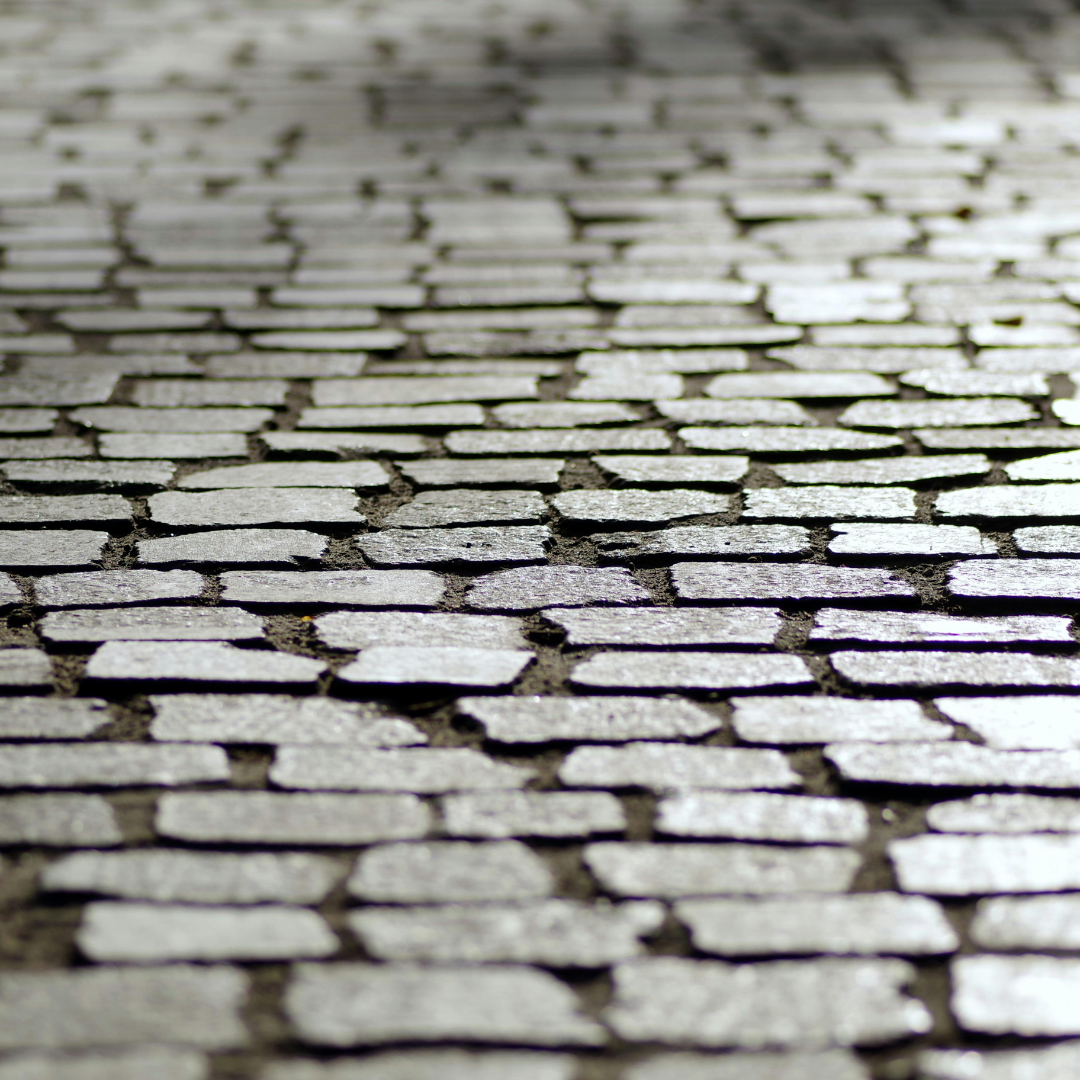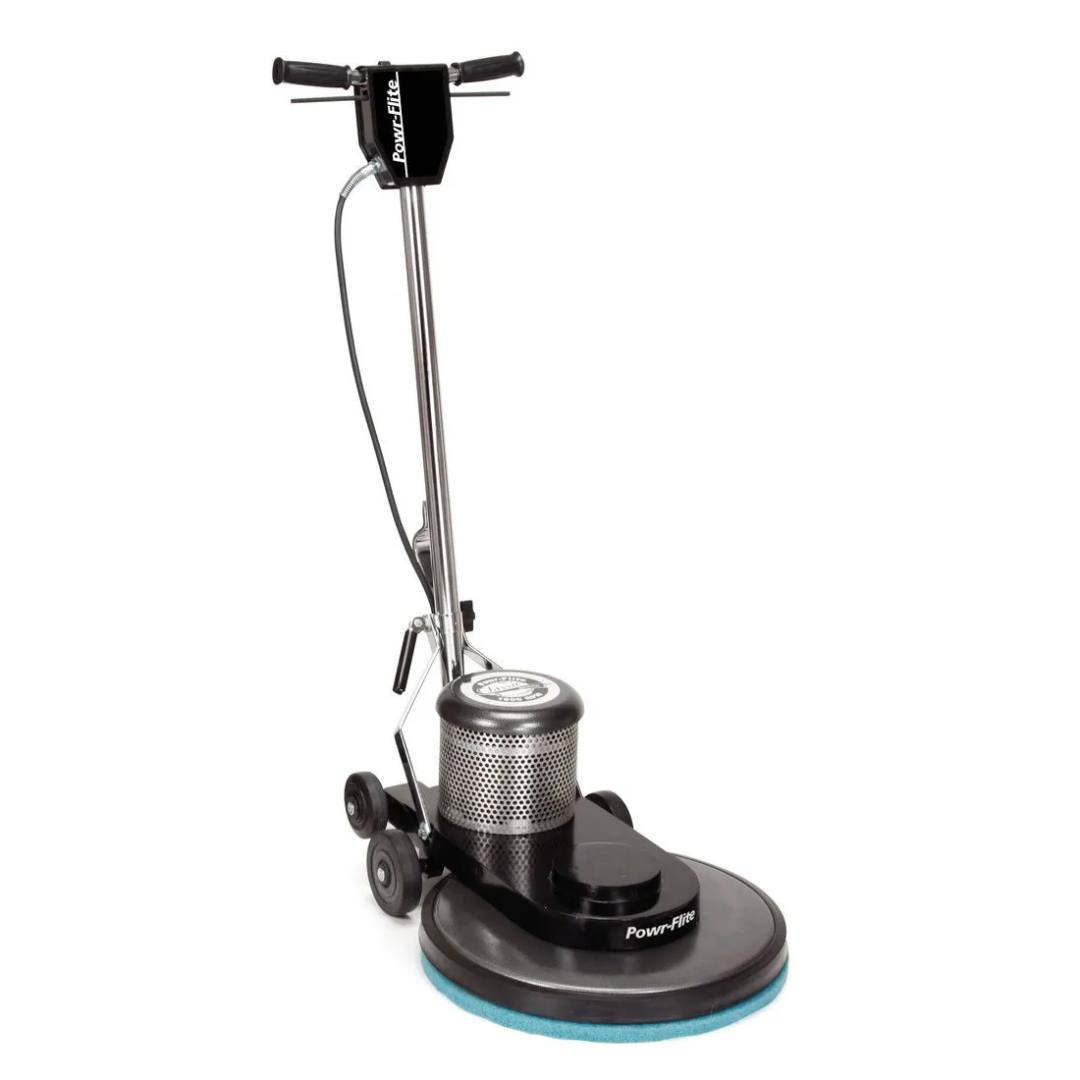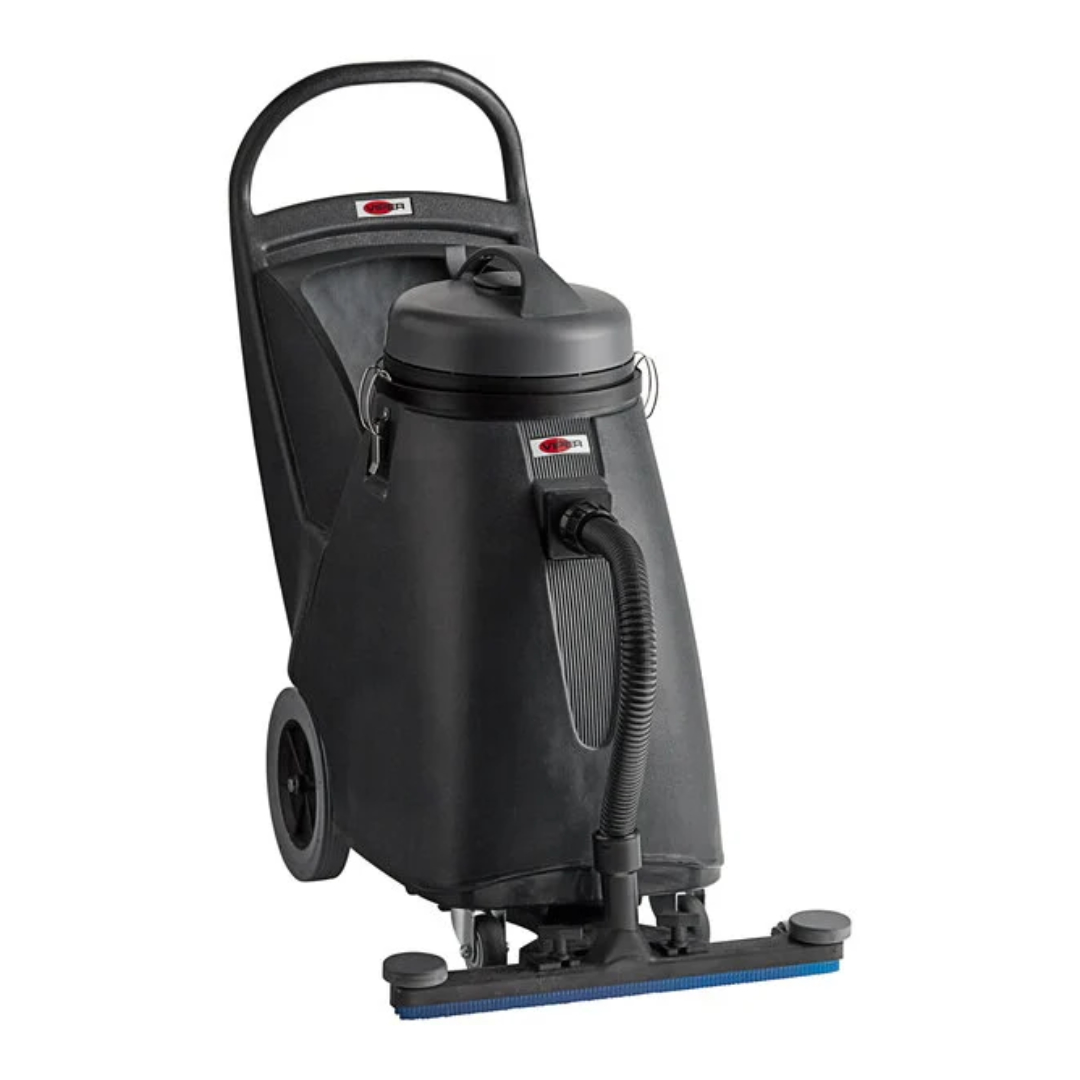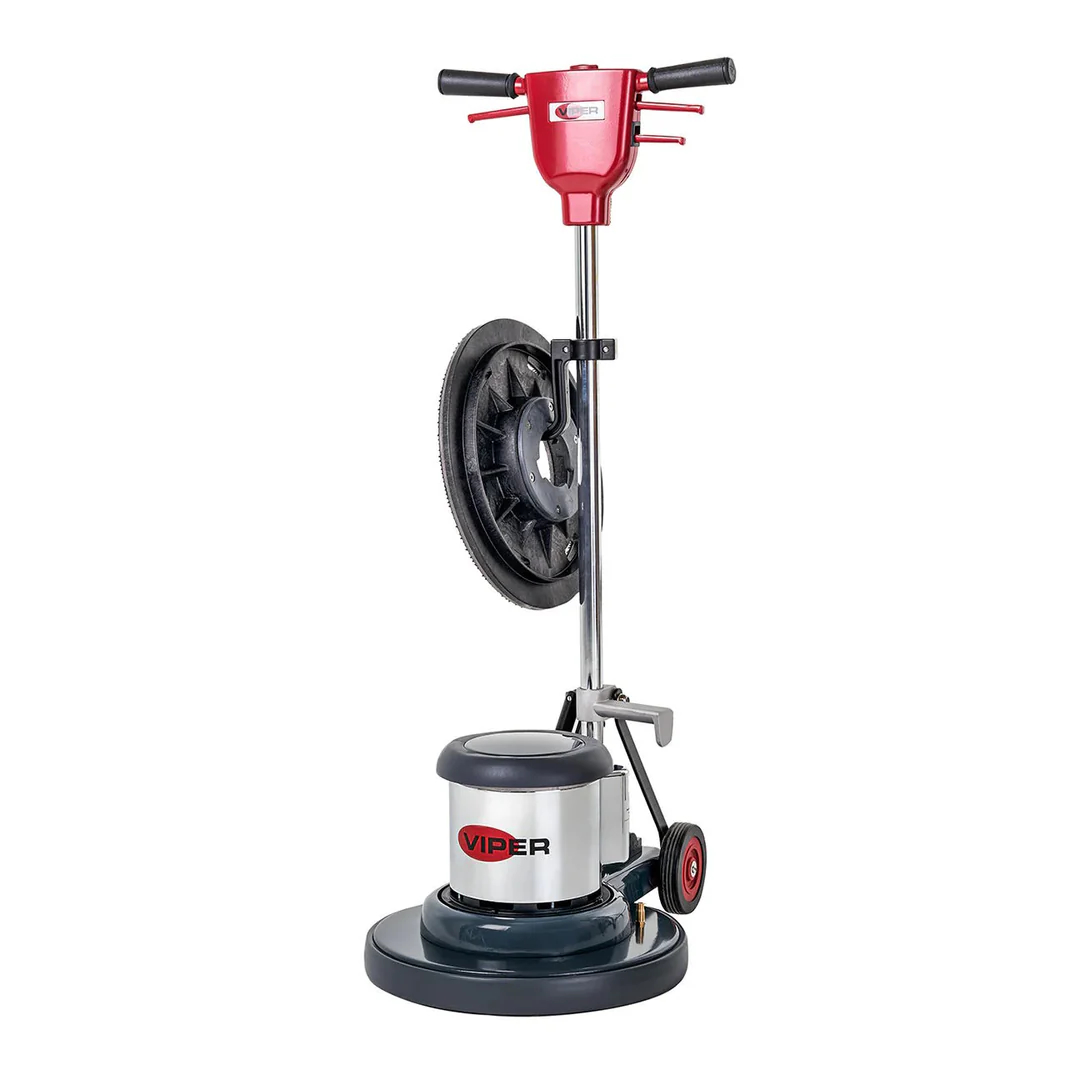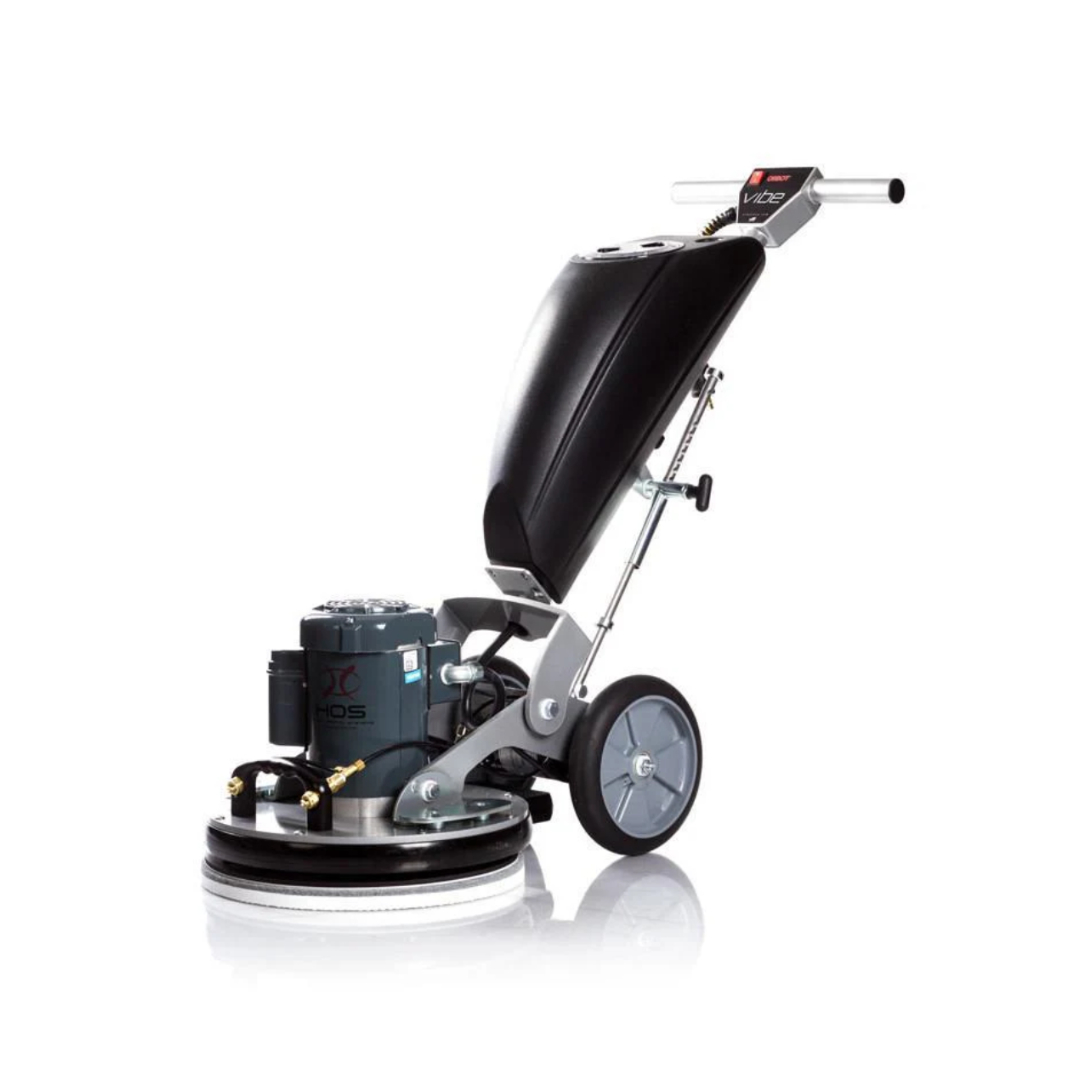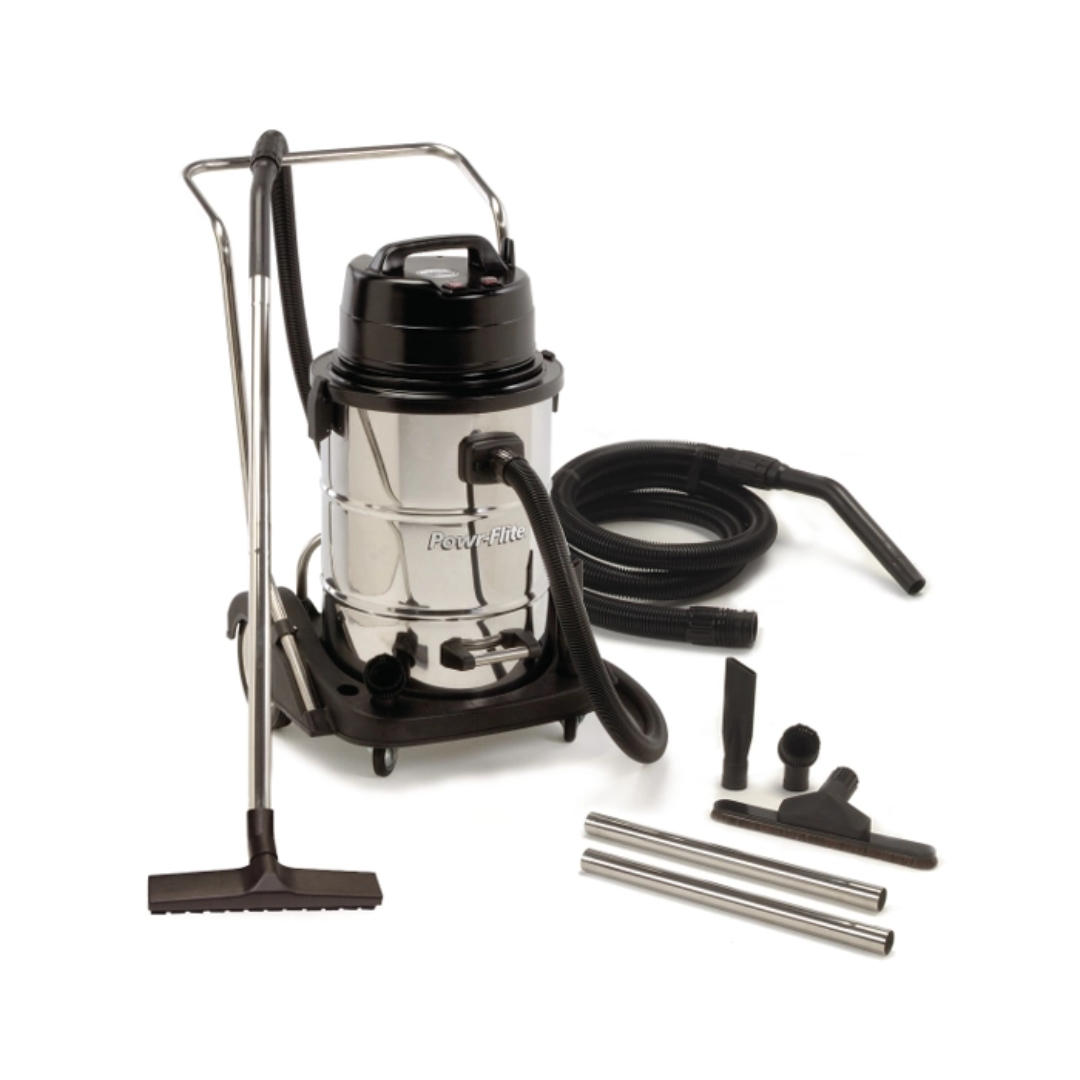• Laminate flooring has a protective layer that prevents the wax from adhering properly.
• Engineered hardwood floors often comes with a pre-applied finish (polyutherene) that doesn’t need waxing. Waxing can interfere with this finish, making it difficult to remove or refinish later.
• Porcelain and Ceramic Tiles: These tile types are already water-resistant and adding wax can create a slippery floor surface that becomes a hazard, especially when wet.
• Natural Stone Floors (such as Granite, Marble, and Slate): Certain types of natural stone floors can be sealed but should not be waxed. Wax can build up in the pores and crevices of the stone, leading to discoloration and may require costly professional cleaning to remove.
• Non-Slip and Textured Floors: Floors designed to be slip-resistant, such as those used in industrial settings or bathrooms, should not be waxed as the wax can fill in the textures that provide grip, reducing their effectiveness.
• Cork Floors with Polyurethane Finish: While untreated cork can be waxed, cork floors with a polyurethane finish should not be waxed for the same reasons as hardwoods with similar finishes.
